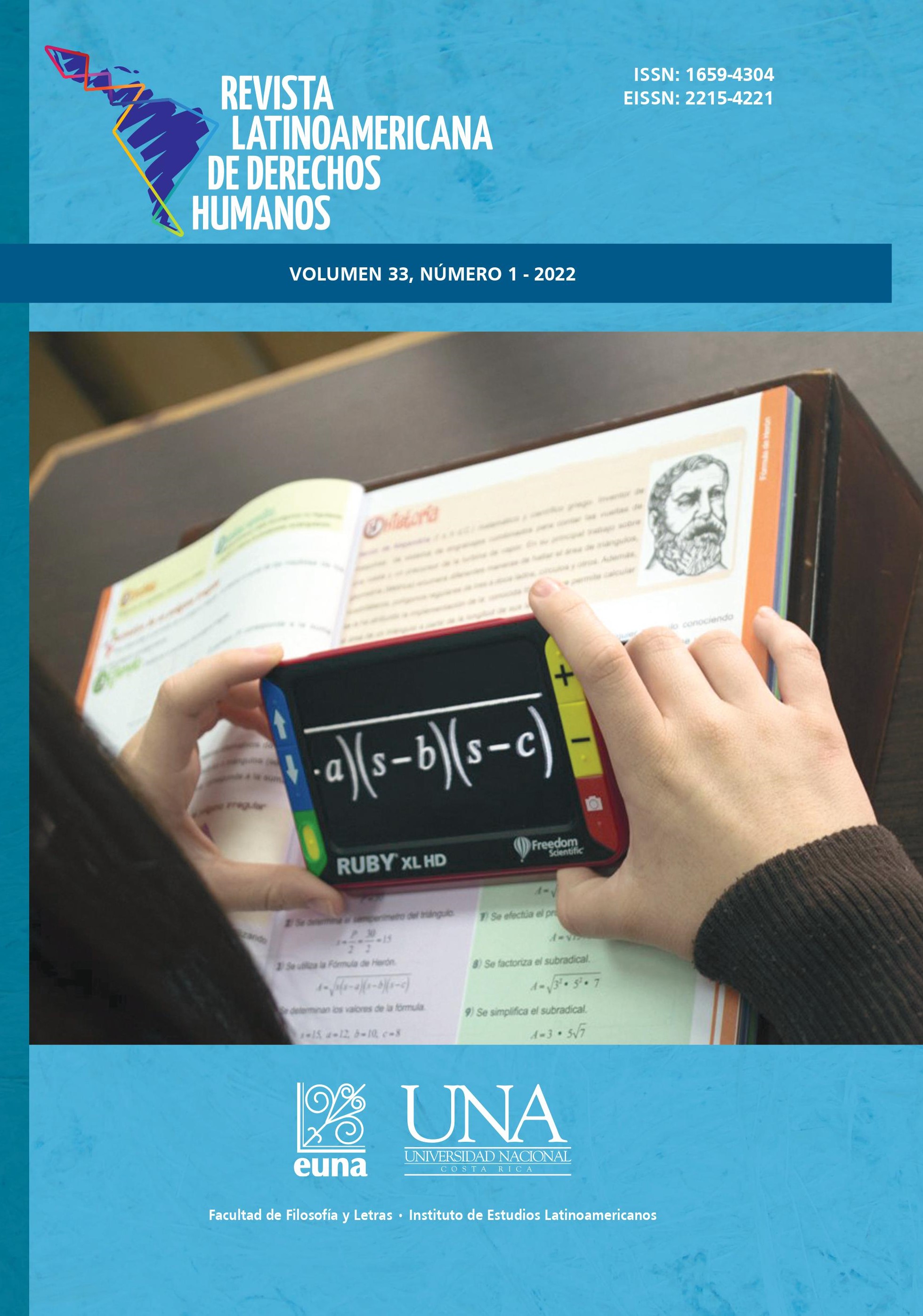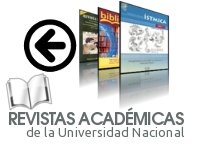Commitment to meaningful learning via asynchronous processes: some actions to improve educational equity as a result of Covid-19
DOI:
https://doi.org/10.15359/rldh.33-1.5Keywords:
asynchronous education, digital divide, educational equity, higher education and WhatsApp as an educational toolAbstract
The Pandemic caused by Covid-19 caused many of the educational processes that were deve- loped in person to be continued, immediately, through computer virtuality, most of them being implemented through synchronous activities that sought to simulate the in-person classroom. In many urban places such migration was possible but not in populations that have little access to the internet, especially in the interior of the country. This essay presents two tools that respond to the attention of students who suffer the consequences of the digital divide to continue their studies regularly, but who need educational institutions to respond creatively and effectively in order to continue, in a regular manner, with their professional training at the university level. The aim of this text is to show how asynchronous processes, well planned and oriented, can respond to the needs already described and guarantee meaningful learning. It is also desired to expose how the use of WhatsApp can be pedagogically mediated so that it is used for educational purposes synchronously or asynchronously.
References
Agencia EFE. (2019). Solo el 29,3 % de la población censada en Guatemala utiliza internet. Publicación del 20 de septiembre. Guatemala: EFE. https://www.efe.com/ efe/america/tecnologia/solo-el-29-3-de-la-poblacion-censada-en-guatemala-utili- za-internet/20000036-4068618#:~:text=El%20censo%20alcanz%C3%B3%20a%20 m%C3%A1s,12%2C5%20millones%20de%20personas.
Azoulay, A. (2020). Poner fin a la discriminación en la educación: un instrumento clave para proteger el derecho a la educación. Unesco. https://es.unesco.org/news/ poner-fin-discriminacion-educacion-instrumento-clave-proteger-derecho-educacion
Calero, M. (2014). El discurso del WhatsApp: entre el Messenger y el SMS. Revista ORALIA, 17, 85-114. https://www.academia.edu/9403334/ El_discurso_del_WhatsApp_entre_el_Messenger_y_el_SMS
Cisco. (2010). La sociedad del aprendizaje. Networking Academy.https://www.cisco.com/c/
dam/en_us/about/citizenship/socio-economic/docs/TLS_Spanish.pdf
Departamento de Educación, Facultad de Humanidades, Universidad Rafael Landívar de Guatemala. (2020). Elaboración de guías para el desarrollo del aprendizaje autónomo y uso de WhatsApp como herramienta de apoyo educativo. Docentes en acción. Folleto de capacitación. Guatemala: Universidad Rafael Landívar.
Escobar-Galo, J. y Ambrosy, I. (2000). Guía de actividad de aprendizaje asincrónico o a distancia. Material para capacitación docente. Guatemala: Universidad Rafael Landívar de Guatemala.
Facultad de Humanidades. (2020). WhatsApp Herramienta de apoyo al proceso de aprendi- zaje, manual docente. Material de apoyo didáctico-pedagógico. Guatemala: Universidad Rafael Landívar. http://moodlelandivar.url.edu.gt/programas/Manual_WhatsApp_ce- lular.pdf https://ceat.url.edu.gt/pagina/whatsapp/
Freire, P. (2008). El grito manso. 2.a edición. Argentina: Siglo veintiuno revisores.
Giannini, S. y Grant, S. (2020). Tres formas de planificar la equidad durante los cierres de escuelas por coronavirus. Unesco. http://www.iiep.unesco.org/en/ three-ways-plan-equity-during-coronavirus-school-closures-13365
Instituto Nacional de Estadística de Guatemala. (2018). XII Censo nacional de población y vivienda. https://www.censopoblacion.gt/comovivimos
Seas, J. (2016). Didáctica General I. Costa Rica: Editorial Universidad Estatal a Distancia.
Downloads
Published
How to Cite
Issue
Section
License
El material que se publica en esta Revista está bajo una licencia “Creative Commons” 3.0 Costa Rica (CC, Reconocimiento-NoComercial-SinObraDerivada 3.0 Costa Rica (CC BY-NC-ND 3.0 CR) . Esto significa que el material publicado en la revista se puede compartir (copiar y distribuir) en cualquier medio o formato considerando que se debe reconocer de forma adecuada la autoría del material y la fuente, no puede utilizarse con fines comerciales y no se aceptan las obras derivadas (remezclar, transformar o crear a partir del material).








